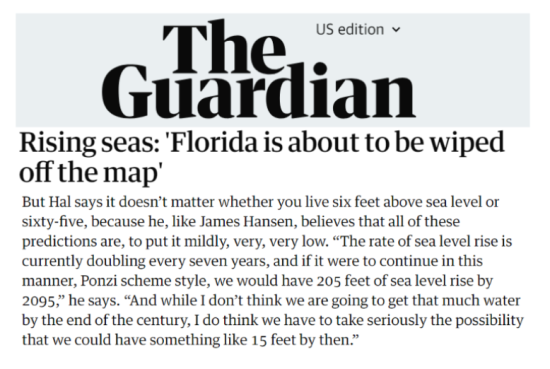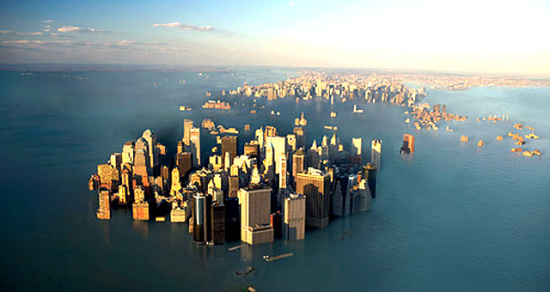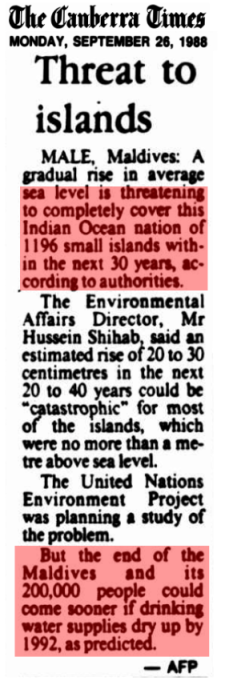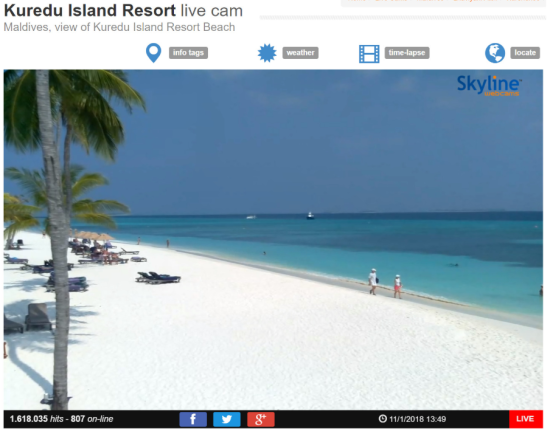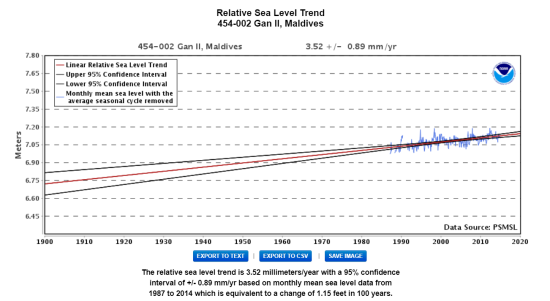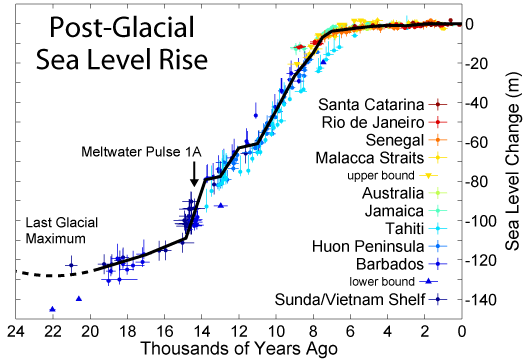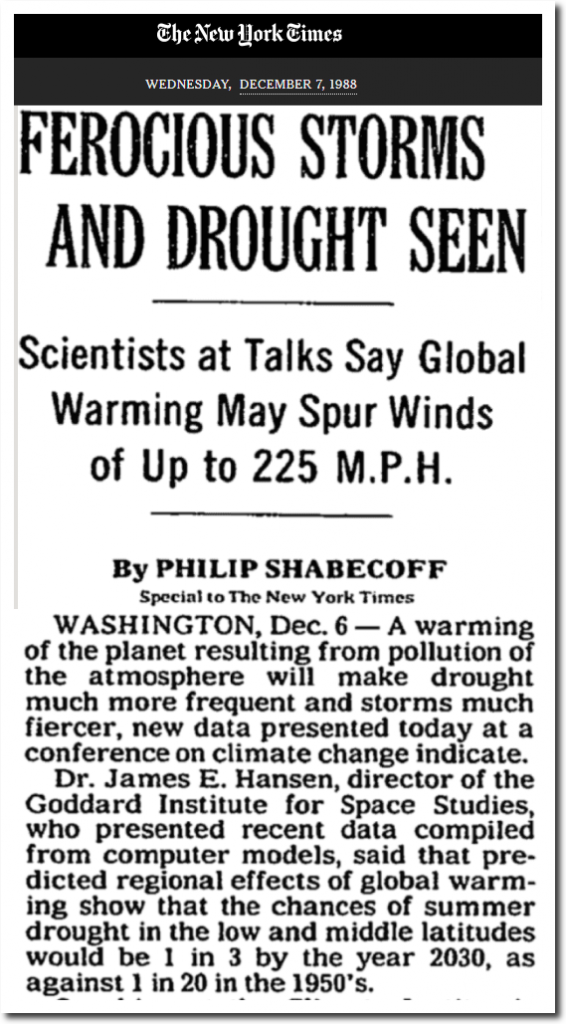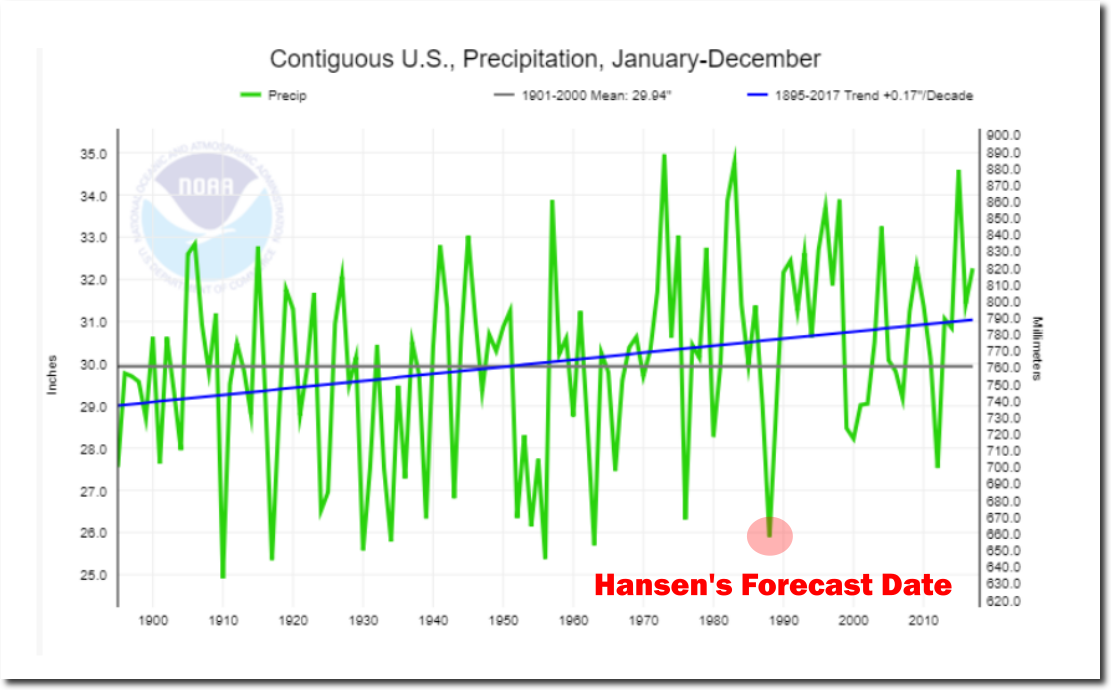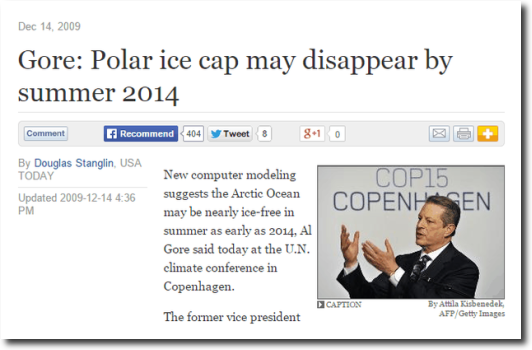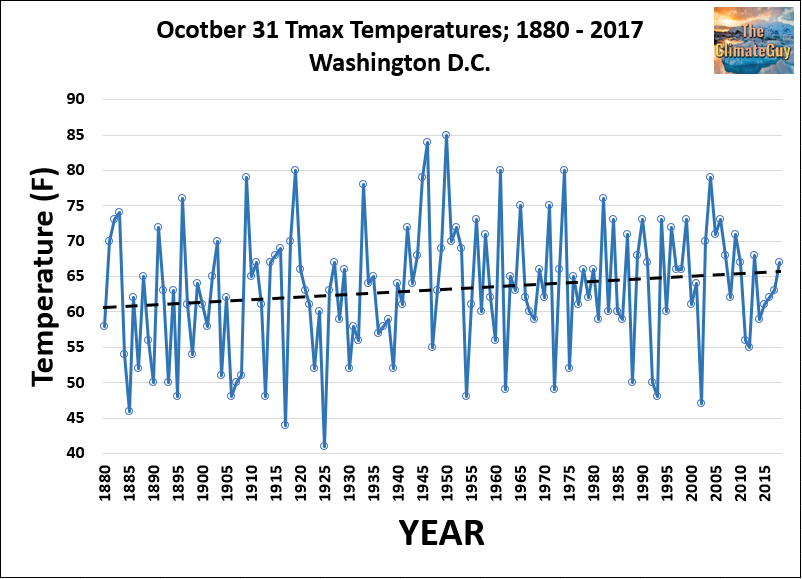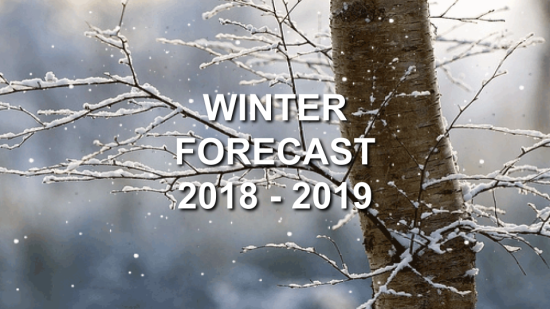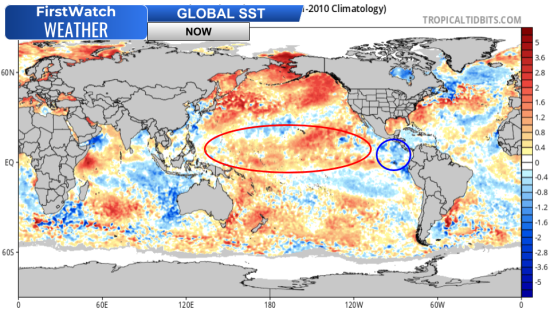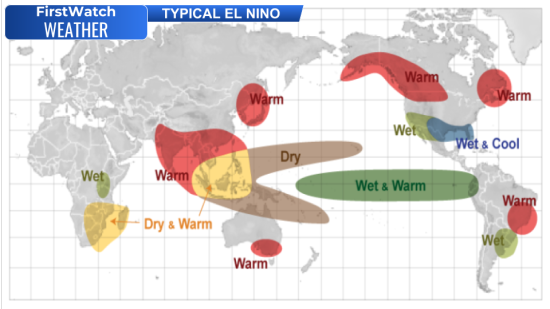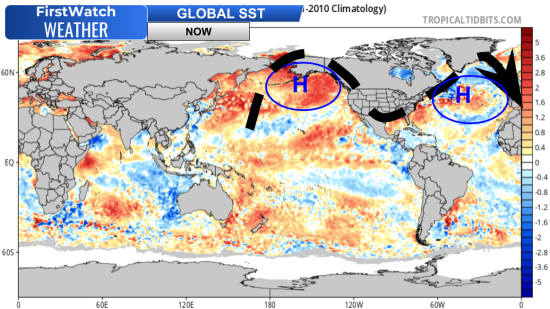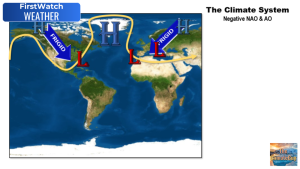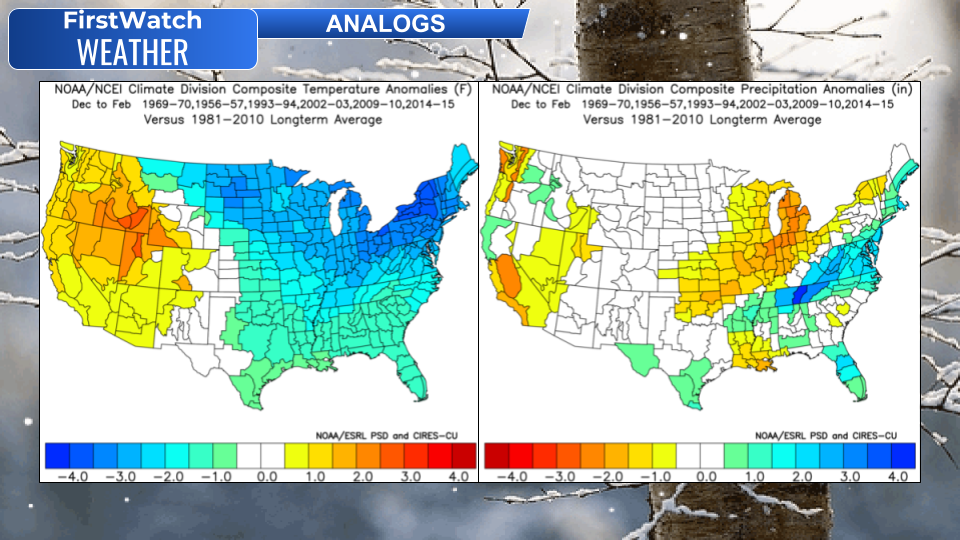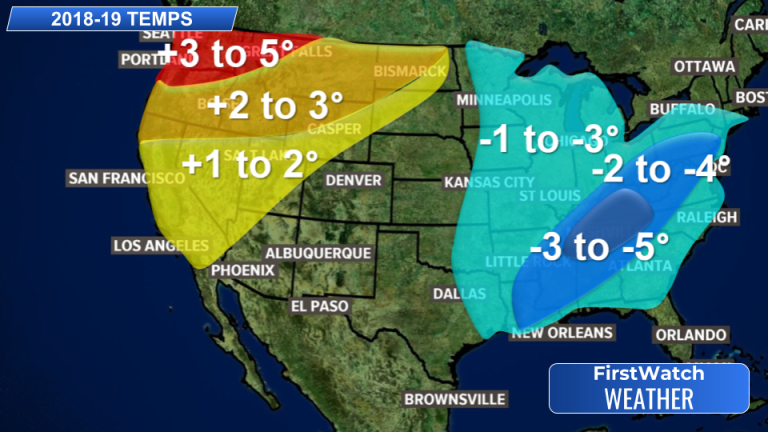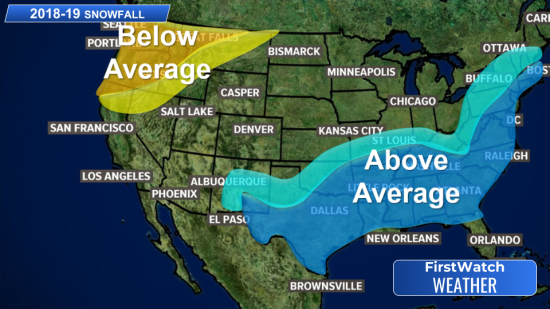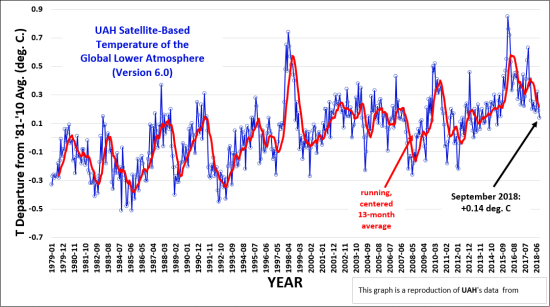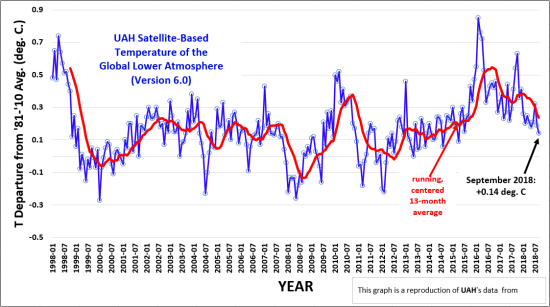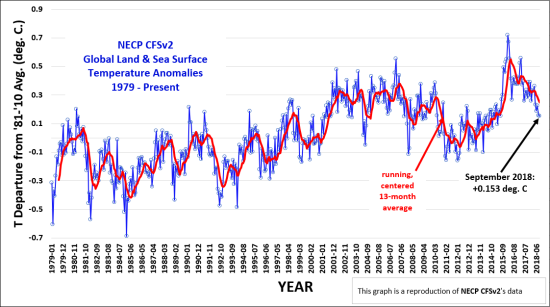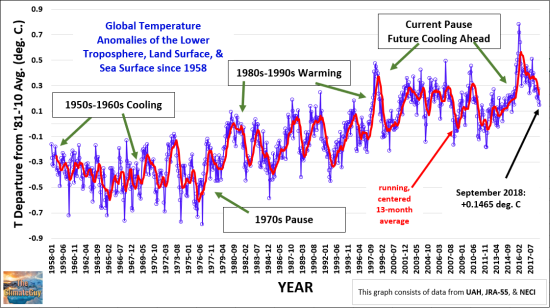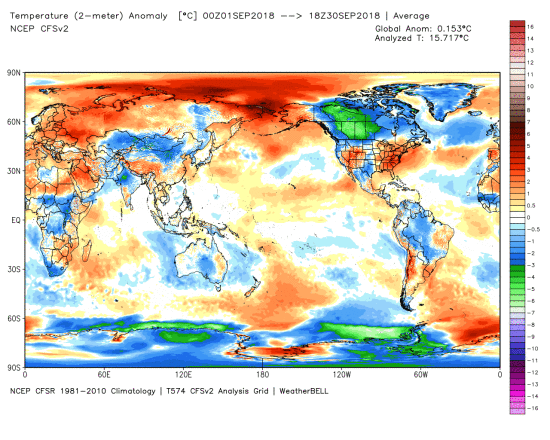We should have expected already, that nonsense from the leading climate doomsayer, Al
Gore, would return sometime soon. That time has come and Mr. Gore is out of hiding
and is back at his old tricks again…
Yesterday, Sunday, October 7, he warned us that the globe was “running out of
time” to stop global warming from causing a catastrophe, in a statement
published after the United Nations released their IPCC climate report Sunday evening.
The IPCC released their report about keeping global warming policies in
accordance with the Paris accord, which President Trump thankfully got us out of two
summers ago.
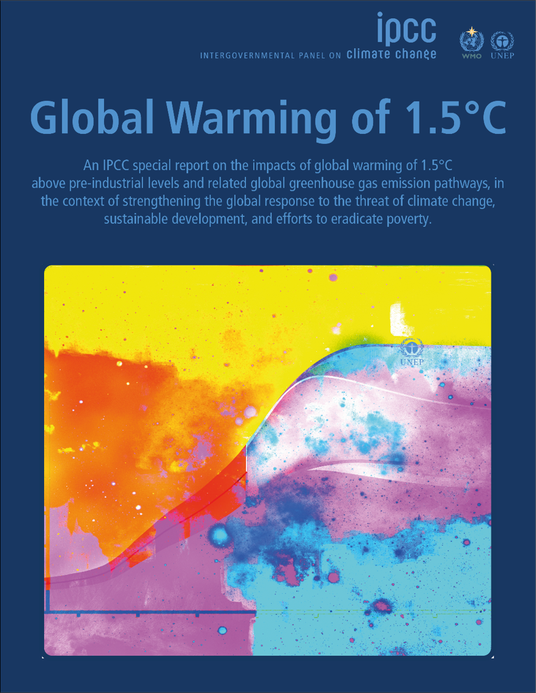
Gore’s message is expected to be restated at the UN Climate Summit in
December, which is meant to send a “dire” warning to the people of the
world about a future “climate catastrophe.”
The IPCC, wants to keep “global warming” from causing a 1.5
degree Celsius rise in global temperatures by 2100 and that emissions need to peak
around 2020, fall 45% below the 2010 levels by 2030, and decrease 100% by 2050.
In other words, the IPCC wants to destroy the energy industry and
discontinue coal and other energy sources in replacement for solar and wind power.
However, the IPCC used a little common sense for once and stated that the
transition of energy sources from one to the other would cost billions of dollars
with a carbon tax of $27,000 per ton by 2100.
And unfortunately, we know what happens when we use wind power… It kills
animals.

However, this is where the wheels fall off the wagon. Had the IPCC used a
little more common sense, they would understand that according to my months and
months of research and data searching, global temperatures have only risen
approximately 0.3 degrees Celsius since 1880, and that the 1930s and 1940s were just
as warm as the past two decades globally, and that there is 100% natural variability
in the climate system on multi-decadal and century time scales.

In fact, in the IPCC‘s first climate report, in 1990, they showed us
a graph of proxy data (instrumental 1880-1990) for global temperatures dating back
over 1,000 years. They show that the “Medieval Warm Period” was global
AND that it was warmer than today!

So, this tells me that they are lying about a 1.5 degree rise by 2100 and that they
just pulled this out of thin air.
I contacted meteorologist Dr. Roy Spencer
from UAH, and asked him if he could send me the dataset for the
temperatures over the past 2,000 years. He kindly responded, and sent me the link to
make the graph below. And according to the data, global temperatures have been
falling for the past 2,000 years and there have been warmer times with less CO2.

And if we look at one of the many geological records temperature vs. CO2, dating back
600 million years, there is NO linkage between CO2 and temperature.

The IPCC would also benefit from looking at the emission data from
the EPA. While fossil fuel emissions have to no surprise increased over the
past 28+ years, the global temperatures have been relatively steady since 1998. This
once again is proof, that CO2 is NOT the climate control knob!

Gore has repeatedly attacked President Trump and the administration saying that they
are ‘stooges of the fossil fuel industry’ and that he should resign
because he is “unwilling” to fight the [fake] global warming crisis.
Climate prophets like Al Gore literally have no clue what they about. He isn’t
is not a scientist and does not have any scientific background.

I quite frankly don’t know why people continue to listen to Mr. Gore anymore,
considering he has made numerous failed climate change predictions, like this one
about Arctic sea ice melt from 2009:
“Gore: Polar ice cap may disappear by the summer of 2014,” USA
Today
quotes. “New computer modelling suggests the Arctic ocean may be
nearly ice-free in summer as early as 2014, Al Gore said today at the U.N.
climate conference in Copenhagen.”
However, if we look at the actual data from NOAA, there has been no trend in
Arctic sea ice extent for ten years, and volume is actually at its highest amount in
ten years, according to DMI.


It is important that we educate the younger generation (my generation) about the
corruption of climate science. School teachers also need to be informed about this
so they don’t mistakenly brainwash their students into panic mode about
something that isn’t even an issue! It is also important that we do our best
to put this nonsense to bed and stop the gibberish.
Healthy debate is what keeps science thriving and I am open to everyone’s
ideas, but there is a point where things get so ridiculous, that a pre-schooler can
point them out. There is a lot of uncertainties about climate and why it changes due
to natural reasons, but the hysteria of climate science, the peer pressure of
climate science, the politicization of science, and the “sausage making”
going into climate science is disgusting and needs to be stopped as soon as
possible…
WORKS CITED
“Al Gore: ‘We’re Running Out Of Time’ On Global Warming.” The
Daily Caller, The Daily Caller,
dailycaller.com/2018/10/08/al-gore-global-warming-un/.
“Climate Change Indicators: Global Greenhouse Gas Emissions.” EPA,
Environmental Protection Agency, 17 Dec. 2016, http://www.epa.gov/climate-indicators/climate-change-indicators-global-greenhouse-gas-emissions.
Enloe. “Sea Ice and Snow Cover Extent.” National Climatic Data Center, http://www.ncdc.noaa.gov/snow-and-ice/extent/.
“Hansen Confirmed The MWP In 1981.” The Deplorable Climate Science Blog,
realclimatescience.com/hansen-confirmed-the-mwp-in-1981/.
“Index of /Arctic/Icethickness/Anim/plots_uk.” Ocean and Ice Services | Danmarks
Meteorologiske Institut, ocean.dmi.dk/arctic/icethickness/anim/plots_uk/.
Ipcc. “#IPCC Working Group Co-Chair @Valmasdel: Net Zero Emissions of CO2 Must Reach
Zero by 2050. That Is the Most Important Finding of the Report. We Are at a
Crossroads. What Happens between Now and 2030 Is Critical. #SR15 #Climatechange
Pic.twitter.com/y8GGBJRRqG.” Twitter, Twitter, 8 Oct. 2018,
twitter.com/IPCC_CH/status/1049113197523828737.
“The Atmosphere.” The ClimateGuy, 9 Oct. 2018, iceage2050.com/the-atmosphere/.
“Windfarms Kill 10-20 Times More than Previously Thought.” Save the Eagles
International,
savetheeaglesinternational.org/new/us-windfarms-kill-10-20-times-more-than-previously-thought.html.


